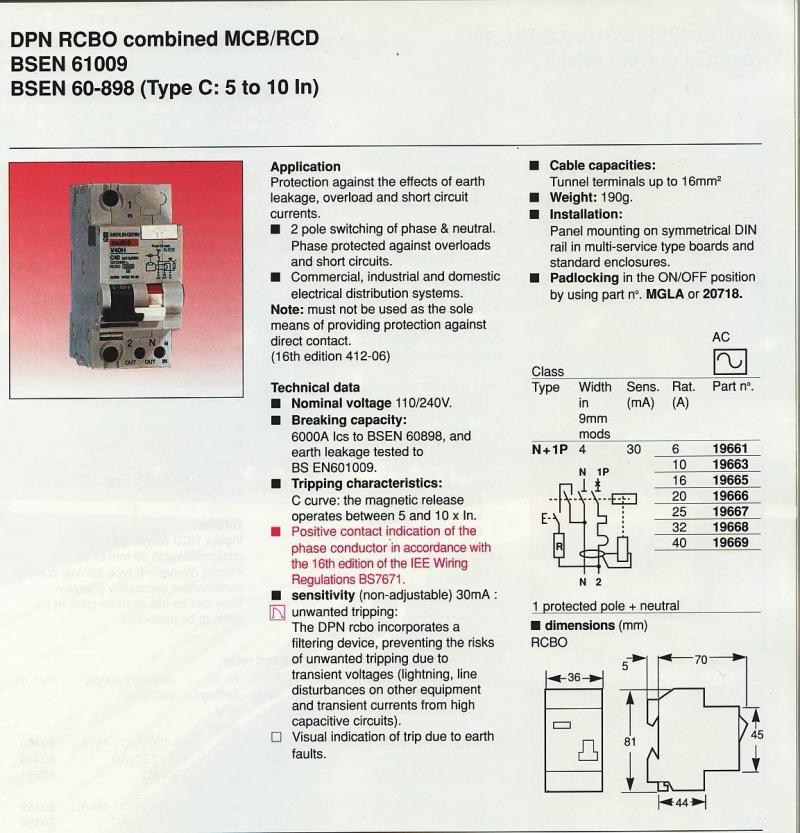Thanks for the replies.
The charger will be outside, so does need a double pole RCD. I can't see anything like that on the schneider site to directly fit in to the board.
In terms of availability, will it be best to install a MCB in the DB, then in an adjacent enclosure install a double pole RCD, then an isolator feeding the charger?
Thanks a lot[/list]
The charger will be outside, so does need a double pole RCD. I can't see anything like that on the schneider site to directly fit in to the board.
In terms of availability, will it be best to install a MCB in the DB, then in an adjacent enclosure install a double pole RCD, then an isolator feeding the charger?
Thanks a lot[/list]


